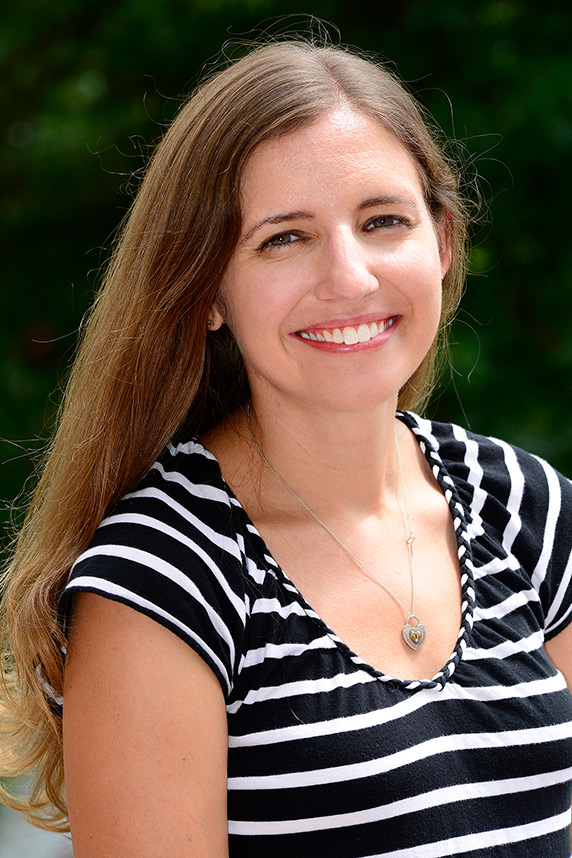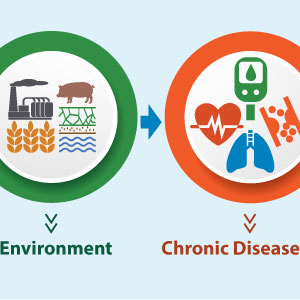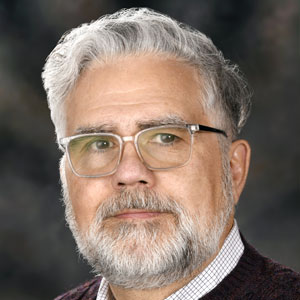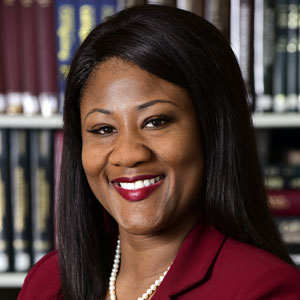Robin Stanley, Ph.D., and Clarice Weinberg, Ph.D., are recipients of the 2021 NIEHS Scientific Director’s Award for Excellence. The institute scientists each receive $100,000 to advance their research efforts, which were recognized as outstanding by the NIEHS Division of Intramural Research Board of Scientific Counselors.
Stanley, a Stadtman Investigator who leads the institute’s Nucleolar Integrity Group, won for her research on the enzymes involved in processing RNA. She said that she plans to use her award money to purchase needed equipment and conduct tests of RNA processing.
Weinberg, a senior investigator in the NIEHS Biostatistics and Computational Biology Branch, was recognized for her research on epistasis, which is the interaction between genetic variants that could cause a specific trait or a disease. Her award will allow her to sequence genomes of 400 families affected by breast cancer as part of the Two Sister Study(https://sisterstudy.niehs.nih.gov/english/twosisterstudy.htm). The study looks at women who develop breast cancer while younger than 50 years and what genetic and environmental factors may be involved. Weinberg previously won the Award for Excellence in 2017 (see sidebar).
 One of the primary tools Stanley uses in her work is cryo-electron microscopy, which allows her lab to solve the structures of RNA-processing enzymes. (Photo courtesy of Steve McCaw / NIEHS)
One of the primary tools Stanley uses in her work is cryo-electron microscopy, which allows her lab to solve the structures of RNA-processing enzymes. (Photo courtesy of Steve McCaw / NIEHS)RNA dysregulation and disease
Stanley said her work is the undertaking of basic science — in this case, investigating how factors involved in RNA processing coordinate the production of ribosomes, which she describes as big machines in the cell that make proteins.
Ribosome assembly takes place in nucleolus, the heart of the cell. The nucleolus is held together with ribosomal RNA. Our bodies cannot live without the production of ribosomes. Heat shock, hypoxia, and ultraviolet damage, among other environmental factors, can affect how our cells make ribosomes. And under stress, the nucleolus can undergo dynamic change.
“Many assembly factors can shuttle in and out of the nucleolus,” Stanley observed. “Are they leaving the nucleolus because they need to do something else, are they leaving to protect it, or are they leaving to stop a pathway? We want to understand the shuttling of proteins to determine what’s happening when the cell undergoes stress.”
Last year, Stanley’s lab pivoted from studying ribosomal RNA processing to viral RNA processing, specifically in SARS-CoV-2, which causes COVID-19.
“In terms of the SARS-CoV-2 RNA processing factors, we want to better understand how they work so that we can design inhibitors to turn them off,” Stanley added.
“Robin is an outstanding structural biologist who has done amazing work on ribosome assembly proteins,” said Darryl Zeldin, M.D., NIEHS Scientific Director. “I am impressed with how she switched gears to tackle important research questions related to COVID-19.”
Genetic variants and environmental exposures
 Weinberg has made major contributions to biostatistical methods for studying gene-by-environment effects using nuclear families with an affected offspring. (Photo courtesy of Steve McCaw / NIEHS)
Weinberg has made major contributions to biostatistical methods for studying gene-by-environment effects using nuclear families with an affected offspring. (Photo courtesy of Steve McCaw / NIEHS)Weinberg’s research with a student and colleagues examines joint effects of genetic variants in families with young-onset conditions such as cleft lip and cleft palate, and the interplay of environmental exposures.
“The reason it’s so hard to find epistatic effects is that there are just so many combinations you need to look at,” Weinberg said. “It can be overwhelming to sort through it all.”
By mining data involving many combinations of genetic variants, her group will probe epistatic and de novo mutations — those seen in offspring but not in parents — in the Two Sister Study. She hopes to sequence genomes of more than 400 participating families — women affected by breast cancer, their cancer-free sisters, and parents.
“A lot of what remains to be learned involves interactions of genetic variants and environmental exposures,” Weinberg said. “Some people are probably genetically vulnerable, for whatever reason, to environmental effects. What factors make other people invulnerable?”
“Clare has done wonderful work with the Two Sister Study, looking at genetic and environmental factors associated with breast cancer,” Zeldin said. “She is an icon in the biostatistics community.”
Citation: Pillon MC, Frazier MN, Dillard LB, Williams JG, Kocaman S, Krahn JM, Perera L, Hayne CK, Gordon J, Stewart ZD, Sobhany M, Deterding LJ, Hsu AL, Dandey VP, Borgnia MJ, Stanley RE. 2021. Cryo-EM structures of the SARS-CoV-2 endoribonuclease Nsp15 reveal insight into nuclease specificity and dynamics. Nat Commun 12(1):636.
(Kelley Christensen is a contract writer and editor for the NIEHS Office of Communications and Public Liaison.)









